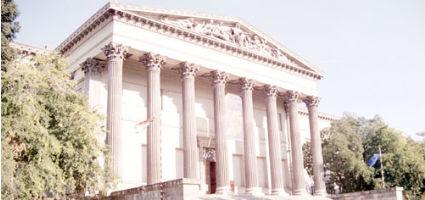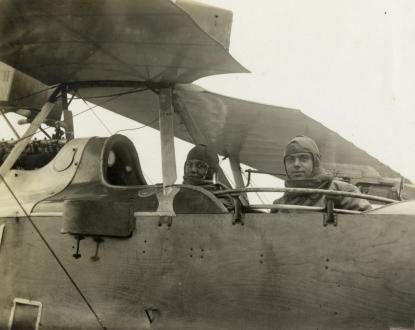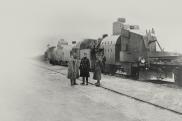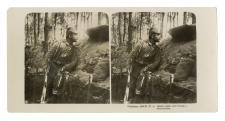 |
Address: 1088, Budapest Múzeum körút 14-16.
Phone number: (1) 338-2122
E-mail: info@hnm.hu
Opening hours: Tue-Sun 10-18
|
|
Ticket for adults
|
1100 HUF
|
|
|
Ticket for students
|
550 HUF
|
|
|
Ticket for soldiers
|
550 HUF
|
|
|
Ticket for pensioners
|
550 HUF
|
|
|
Ticket for families
(2 adults + children)
|
1150 HUF
|
/ family
|
|
Individual guide
|
400 HUF
|
/ capita
|
|
Group guide
(max. 5 people)
|
1800 HUF
|
/ group
|
|
Group guide
(11-15 people)
|
6000 HUF
|
/ group
|
|
Group guide
(max. 15 people)
|
5500 HUF
|
/ group
|
|
Group guide
(16-25 people)
|
9700 HUF
|
/ group
|
|
Group guide
(1-5 people)
|
1500 HUF
|
/ capita
|
|
Group guide
(6-10 people)
|
13000 HUF
|
/ group
|
|
Group guide
(11-15 people)
|
16000 HUF
|
/ group
|
|
Group guide
(16-25 people)
|
24000 HUF
|
/ group
|
|
Group guide for students
(max. 25 people)
|
4500 HUF
|
/ group
|
|
Group guide for students
(max. 15 people)
|
6000 HUF
|
/ group
|
|
Group guide for students
(max. 25 people)
|
12000 HUF
|
/ group
|
Our exhibition presents three-dimensional photographs: the photos watched through red-and-blue "glasses" will become stereoscopic, in addition to the dimensions of height and width, the viewers will discover the third dimension. Each takes are linked to WWI, and the original of each one is stereo photo.
This special photograph is actually made of two, slightly different images that were recorded from two different angles in accordance with the resolution of the human eye. The pair of images viewed in a special structure, the stereoscopic image, merge into a stereoscopic picture in the viewer's mind. The stereo pictures selected from four collections (Photo Gallery of the National Museum of History, Felvinczi Sándor private collection, Military History Museum Photo Archive, Strobl Alajos Memorial Foundation) by way of digital image processing and the so-called anaglyph process become three-dimensional without any stereo viewer devices. The essence of the more than a hundred years old anaglyph technique is that the pictures photographed from the viewpoint of the position of the left and right eye are copied to each other with so-called complementary colours (red and blue) The resulting pictures viewed through the "glasses", due to mechanism of action of the complementary colours is perceived by the human mind as 3D images.
 Stereo photography have been present ever since the beginnings of photography and had two peaks of popularity until 1914. At the turn of the 19-20th century, a number of companies - such as the US based Underwood & Underwood (1882–1923), the Keystone View Company (1892–1970)or the German Neue Photographische Gesellschaft (1894–1922) – produced in unprecedented quantities and sold worldwide the stereo photographs in wide range of topics.
Stereo photography have been present ever since the beginnings of photography and had two peaks of popularity until 1914. At the turn of the 19-20th century, a number of companies - such as the US based Underwood & Underwood (1882–1923), the Keystone View Company (1892–1970)or the German Neue Photographische Gesellschaft (1894–1922) – produced in unprecedented quantities and sold worldwide the stereo photographs in wide range of topics.
The plastic photos about the battlefields of the Great War, were of high interest both in Hungary and abroad. Based on this, the German, British and American companies set up World War stereo photo series and sold for the public hungry for visual information. Our exhibition selects from stereo photos by the German Neue Photographische Gesellschaft' collection of one-hundred photos entitled „World War 1914–16." , the three-hundred pieces series published by the American Keystone View Company in 1923 and some private photos that were not intended to be published. The assembly of the elections about visual propaganda of the Etente Cordile and Central Powers is an opportunity for us to compare the warring parties from multiple points of view. A glimpse of contemporary uses of an image and the exciting Hungary related aspects of three-dimensional images of Neue Gesellschaft Photographische with their stereo views is what our exhibition offers about the First World War.


